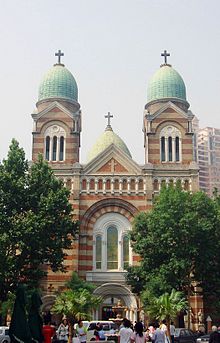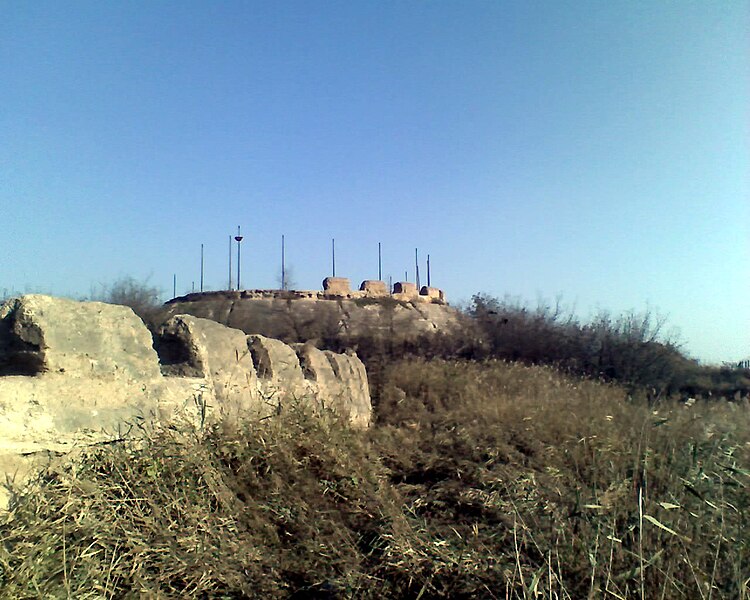If you are planning on visiting Beijing and no other major city (and, you can easily spend a week to 10 days in Beijing), then include a day trip to Tianjin. The VF (very fast) train travels the 120 kilometres in about 30 minutes, and there are a number of services during the day. The cost is reasonable - maybe for standard class about 60CNY -US$10.00 each way (100 CNY for special class).
You'll get a look at another busy Chinese city. It was settled a few years BCE, and in the 19th century became a Treaty Port where western law prevailed over Chinese law. Nearly 300 major western companies have their HO in Tianjin. Tianjin was also the invasion point for western armies (including US armed forces, maybe for the first time in Asia, and a small contingent of Australian military) in 1900. This was the west's reaction to the so-called Boxer rebellion.
You could visit this Catholic church in Tianjin.

I'm not definitely sure that this was the scene of an ugly incident circa 1870, but it meets the criteria. The church ran an orphanage, and an unusual series of child deaths in 1870 led to lurid stories about the deaths. Chinese (already inflamed over the Treaty Ports issue and the unequal Treaties (Foreign missionaries would claim that Chinese converts were no longer subject to Chinese Law), began to protest. The French claimed protective rights over Catholic institutions and protested in turn. In one incident, the French Consul shot a Chinese, and the crowd became uncontrollable. One version of the story has the French Consul torn to pieces by the crowd, who went on to burn down the above church, the French Consulate and to kill some 18 Europeans. The Qing government had to pay the French reparations.
The remains of the Taku Forts - A Chinese defensive position that was the scene of battles in the western invasion of 1860 and - can still be seen and visited.
This was a sketch of the inside of the fort after the Chinese defeat in 1860.

Tianjin was also the scene of a terrible earthquake in 1976. Between a quarter of a million and a half million people died. The government was in a time of confusion, Zhou Enlai, a very stabilising influence had died a few months before, and Mao was coming to the end of his life (he died a few months later). So the earthquake became a sort of symbol of change.
And this is what you can see today, which may not really resemble the original fortification.



